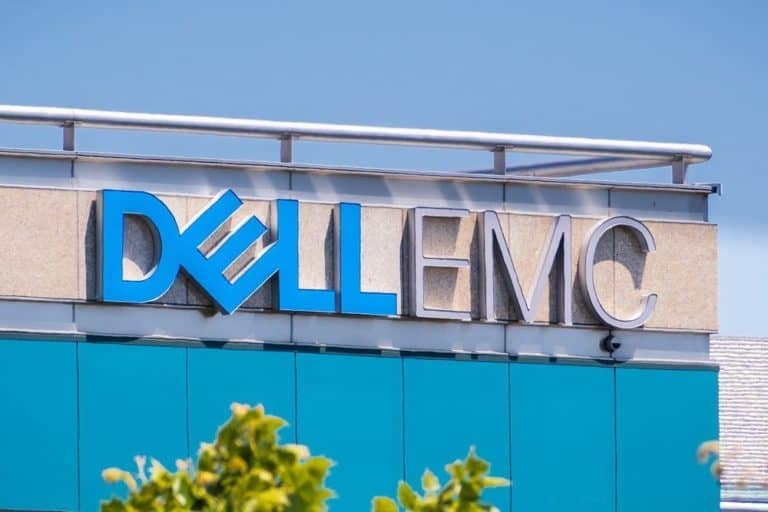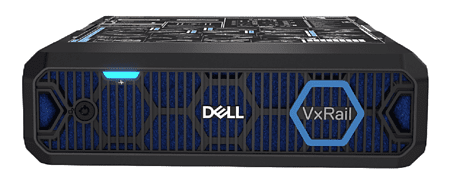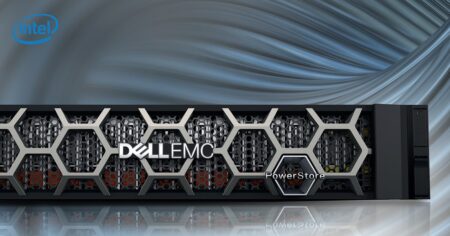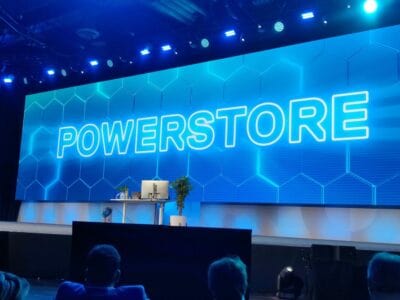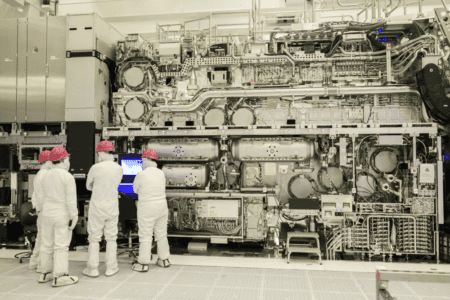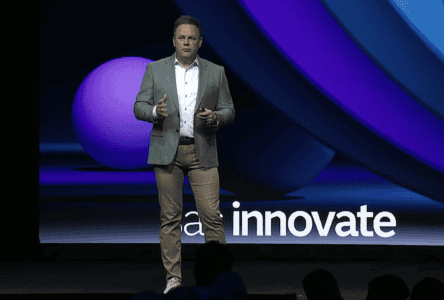The platform now supports more Nvidia GPUs as well as Oracle KVM hypervisor
Dell EMC announced this week that it has updated its PowerFlex software. The update includes expanded GPU and hypervisor support, improved resiliency and better manageability.
Dell EMC’s PowerFlex platform is the company’s scale-out virtual SAN and hyper-converged system with multi-hypervisor support. Unlike VxRail’s vSphere-only focus, PowerFlex is available in rack or appliance formats and scales out to thousands of nodes. Dell EMC launched the system a year ago.
Michael Richtberg, a Dell EMC Chief Strategy Architect, detailed the new release in a blog post this week. “The latest version of PowerFlex is designed to further expand use cases for PowerFlex and supercharge your mission-critical deployments,” he wrote. “The release is designed to help you execute flawlessly with extensive automation capabilities and superior execution of resource-intensive workloads. It also enables you to comply effortlessly with regulatory, compliance and corporate requirements while enabling you to operate your large-scale infrastructure confidently and predictably.”
Built to handle “intensive use” even at scale
To better support more GPU intensive use cases, this release adds support for a broad array of GPUs that include NVIDIA T4, RTX 6000, RTX 8000 as well as A40 & A100, says Richter. Leveraging the existing high performance, low latency scalability of PowerFlex goes extremely well for powering mathematically complex AI/ML and analytics workloads for use cases like speech (natural language processing), image recognition, video analytics and decision-support applications.
PowerFlex now support the CSI drivers 1.5 to better support a broad range of Kubernetes distributions and workloads. This PowerFlex release also adds support for OpenShift v4.6 with CoreOS that adds to the extensive compatibility list of supported platforms that includes virtualized or bare metal implementations. “PowerFlex 3.6 broadens hypervisor support with the introduction of Oracle Enterprise Linux KVM that complements extensively deployed Oracle databases on PowerFlex for improved support and greater cost-effectiveness,” Richter adds.
Richter explains that the update provides VMware NSX-T Ready support for PowerFlex appliances. This targets customers looking for VMware software-defined networking. “This release simplifies the customer upgrade process via PowerFlex Manager improvements with a guided user experience that simplifies the lifecycle management process,” Richter writes. “The release also further improves resiliency at large scale with sophisticated features like proactive network error detection and network path correction.”
